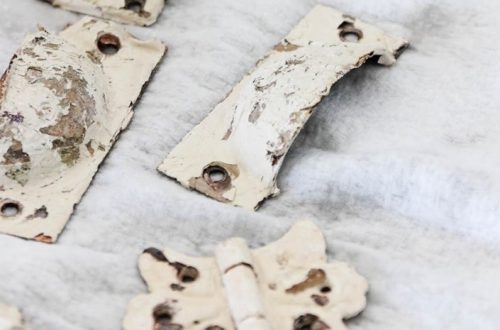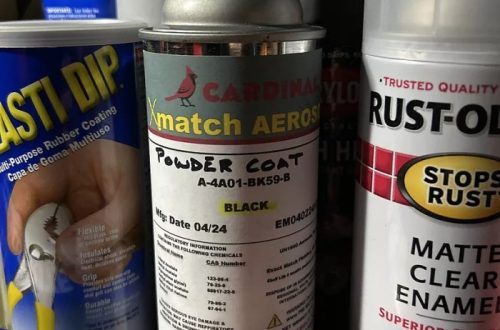In the world of scientific exploration, the laboratory becomes a battleground for knowledge, and the weapons of choice are often unassuming glassware. Two such workhorses in the lab are the beaker and the graduated cylinder. While both may seem similar at first glance, their functionalities and ideal uses differ significantly. This guide explores the key distinctions between beakers and graduated cylinders, equipping you to choose the right tool for the job in your next scientific endeavor.

Part 1: Understanding the Core Functions
1. The Beaker: A Versatile Mixing and Holding Vessel
The beaker, a ubiquitous piece of laboratory glassware, is a cylindrical container with a spout for pouring and a flat bottom for stability. Beakers come in a variety of sizes, ranging from small ones used for micro-scale experiments to large ones for holding bulk solutions. Their primary function lies in mixing, stirring, and holding liquids. The wide opening facilitates easy addition of chemicals and promotes efficient mixing with stirring rods.
2. The Graduated Cylinder: Precise Measurement Made Simple
The graduated cylinder, a staple piece of laboratory glassware, features a tall and slender design, equipped with a cylindrical body etched with a scale for precise measurement of liquid volumes. Typically marked in milliliters (mL) or liters (L), the scale allows scientists and researchers to obtain highly accurate measurements. The distinguished design of the graduated cylinder is tailored to facilitate precise and reliable volume determination. Its slender and elongated structure minimizes the surface area in contact with the liquid. This reduces evaporation and enhances measurement accuracy. This design feature sets the graduated cylinder apart from other vessels like beakers. It makes it an indispensable tool in various scientific experiments and processes that require meticulous volume control. In laboratory settings, the graduated cylinder’s capacity for precision and detailed volume measurements makes it an invaluable asset. It is essential for researchers and scientists seeking exact and reliable data in their experiments.

Part 2: Accuracy and Precision: When Does Each Shine?
1. Beakers: Not Ideal for Precise Measurements
Beakers serve as valuable tools for mixing and holding solutions in the laboratory. However, they are not the optimal choice for precise volume measurements due to the absence of a graduated scale, which makes it challenging to determine the exact volume of a liquid within a beaker. Furthermore, the wider opening of a beaker can lead to increased evaporation, potentially impacting the accuracy of measurements, particularly for volatile liquids. For precise volumetric measurements, graduated cylinders or volumetric flasks are preferred due to their narrow and calibrated necks, allowing for accurate readings of liquid volumes. These vessels are specifically designed for precise measurements and minimizing evaporation, making them indispensable for applications requiring meticulous volume control. When it comes to scientific experiments that demand precise and exact volume determinations, selecting the appropriate laboratory glassware is essential for ensuring the accuracy and reliability of the results.
2. Graduated Cylinders: Precision Takes Center Stage
Graduated cylinders, on the other hand, excel in delivering precise volume measurements. The etched scale allows for accurate reading of the liquid level within the cylinder. By reading the bottom of the meniscus, the curved surface of the liquid caused by surface tension, you can determine the volume with minimal error. This accuracy makes graduated cylinders indispensable for tasks like preparing specific concentrations of solutions or measuring out precise volumes for experiments.
Part 3: Beyond the Basics: Additional Considerations

1. Material and Heat Resistance:
Both beakers and graduated cylinders are commonly manufactured from borosilicate glass, a material renowned for its durability and resistance to thermal shock. This makes it suitable for a wide range of applications in laboratory settings. However, it’s important to note that specialized beakers may be crafted from alternative materials such as polypropylene. These materials offer enhanced chemical resistance but may have lower tolerance to high temperatures. When selecting the appropriate material for laboratory vessels, it is crucial to consider the specific chemicals and temperatures involved in the experiment. Each material has its advantages and limitations. Choosing the right one can make a significant difference in the success and safety of the experiment. Understanding the properties of different materials and their compatibility with the substances being handled is essential. This ensures the reliability and integrity of the experimental process.
2. Additional Features and Specialized Options:
Beakers and graduated cylinders come in a variety of styles and with additional features to suit specific needs. For instance, beakers might have spout designs that minimize dripping during pouring, while graduated cylinders can come in double-graduated versions with scales on both sides for easier reading. Understanding your specific needs will help you choose the most suitable equipment for your experiment.

Part 4: The Perfect Match: Pairing Equipment with Your Experiment
1. Mixing and Heating Liquids: The Beaker Takes Charge
In laboratory experiments where the manipulation of liquids is necessary, the beaker emerges as the essential tool. Its wide and open design facilitates the effortless addition of various components and promotes efficient stirring. Moreover, certain beakers are specifically crafted to endure high temperatures. This makes them suitable for heating solutions on hot plates or Bunsen burners without sacrificing their structural integrity. The versatility of the beaker makes it an indispensable asset in various scientific and chemical processes. It is used for simple mixing to more complex reactions and analyses. The beaker’s inherent design features make it an invaluable apparatus in a lab setting. It provides researchers and scientists with a reliable and adaptable vessel for a wide range of experiments and applications involving liquids and solutions.
2. Precise Measurements: The Graduated Cylinder Reigns Supreme
For tasks requiring precise measurement of liquid volumes, the graduated cylinder reigns supreme. Whether you’re preparing a specific concentration of a solution, measuring out reagents for a chemical reaction, or determining the volume of a liquid sample, the graduated cylinder’s accuracy ensures reliable and reproducible results in your experiments.

In conclusion, choosing between a beaker and a graduated cylinder boils down to the specific needs of your experiment. Beakers are invaluable for mixing, holding, and heating liquids, while graduated cylinders excel at precise volume measurements. By understanding their strengths and limitations, you can confidently select the right tool to ensure success in your scientific endeavors. Remember, the lab is a battlefield of knowledge, and having the right equipment by your side makes all the difference in your quest for scientific discovery.


